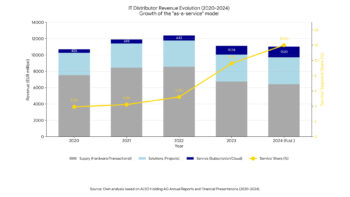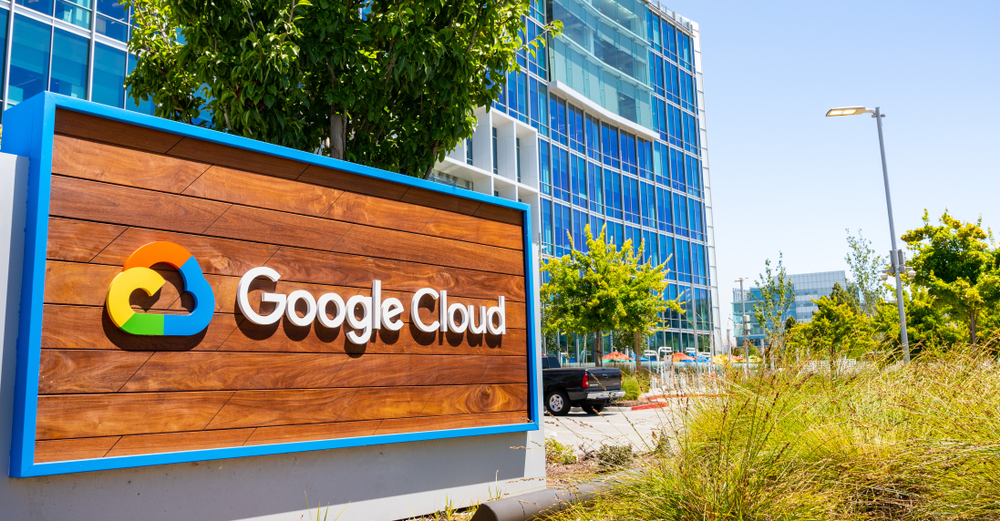Microsoft closed the first quarter of its 2026 fiscal year with a result that, on the one hand, shows that the engines driving its growth – cloud and artificial intelligence – are working, but on the other hand highlights cost and infrastructure challenges. Revenues reached USD 77.7 billion, an increase of 18% year-on-year and above market expectations.
At the same time, capital expenditure reached a record high of almost US$35 billion during the quarter, and the company warned that this would be even higher in the current fiscal year.
It is worth looking at two key aspects – the scale of cloud business growth and the increasing burden of infrastructure costs.
The ‘Azure and other cloud services’ division reported growth of 40 per cent year-on-year, beating analyst expectations (~38.4 per cent).
Total revenue for the cloud segment (Microsoft Azure together with other cloud services) was USD 49.1 billion – +26% year-on-year.
Importantly, Microsoft’s management indicated that growth could have been even higher had it not been for limitations on the availability of computing power and infrastructure, which the company expects to remain in place until at least June 2026.
Regardless of the strong performance, it is capital expenditure (CAPEX) that raises the biggest questions. Microsoft is investing heavily in building data centres, purchasing processors, accelerators (GPUs) and increasing power – mainly in response to the demand generated by AI solutions.
In the release, the company points out that while spending is currently high, it is leading to an increase in future obligations – the backlog of contracts (‘commercial remaining performance obligation’) has reached USD 392 billion, a 51% increase year-on-year.
As a result – despite strong financial results – Microsoft’s shares fell by around 3-4 % after the close of the session, as investors began to weigh up the speed and scale of their investments and the risk of their return.
In the context of the technology market and the IT sales channel, two conclusions are key. First – the cloud and AI sector continues to generate real demand, which opens up very specific opportunities for partners, integrators and infrastructure providers. Second – the scale and pace of investment means that the cost of entry is increasing; someone has to fund it and someone has to deliver the results to return the capital – and here there can be tensions in business models.
Microsoft is demonstrating that revenue growth is accompanied by investment on a gigantic scale – which on the one hand builds competitive advantage, but on the other hand generates questions about the rate of return and whether all participants in the AI/cloud ecosystem will be able to benefit. In the IT channel, this is the moment to think – where is the place of the integrator or resellers in this value chain: whether at the infrastructure level or at the level of higher layer services, where the margin may be safer with increasing cost pressures.
In short, Microsoft confirms: cloud and AI are pushing growth. But at the same time, investments are gaining scale to the point where they are transforming the business model from a one-off deployment to a long-term capital commitment. And this sends a signal to both customers and industry partners: it’s time not just to sell ‘service X’, but to build a business around sustainability and scale.












